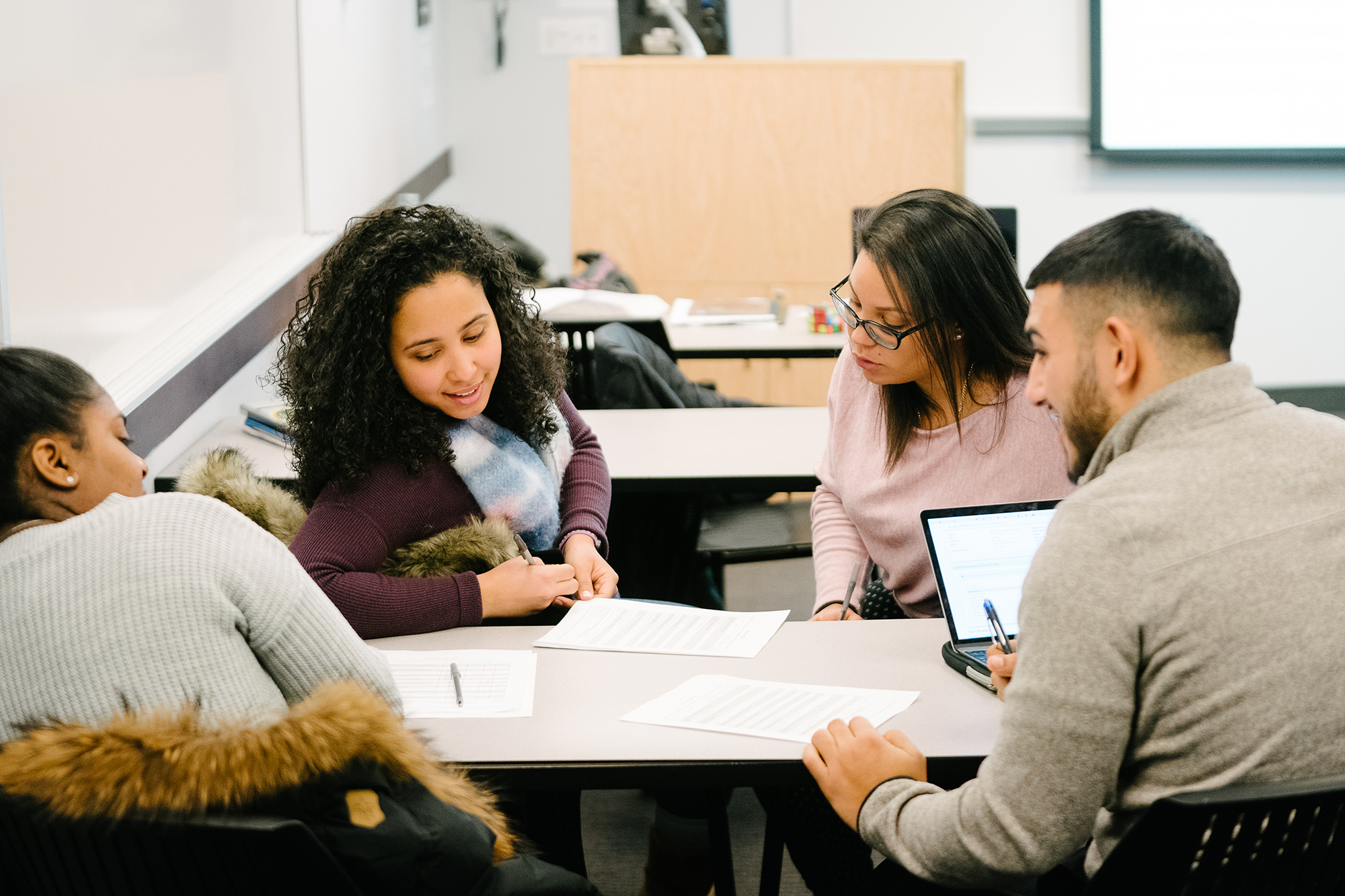CONTACT
-
Strategic Planning, Assessment & Institutional Research (SPAIR)
Email
718-960-7193
Shuster Hall, Room 308-AOffice Hours
Monday – Friday, 9:00 AM – 5:00 PMDonald Sutherland
Director, Strategic Planning, Institutional Research, and Assessment
Email
718-960-7193
Below are various definitions that have been put forward by leading experts:
“Assessment is the systematic collection of information about student learning, using the time, knowledge, expertise, and resources available, in order to inform decisions about how to improve learning.” (Walvoord, 2004)
“Assessment is the systematic basis for making inferences about the learning and development of students. It is the process of defining, selecting, designing, collecting, analyzing, interpreting, and using information to increase students’ learning and development.” (Erwin, 1991)
“Assessment is a process of reasoning from evidence.” (Pellegrino, Chudowsky, and Glaser 2001)
“Assessment involves the use of empirical data on student learning to refine programs and improve student learning.” (Allen, 2004).
“Assessment is the systematic collection review and use of information about educational programs undertaken for the purpose of improving student learning and development.” (Palomba and Banta, 1999)
Voluntary, accreditation via peer review is the primary mechanism used to ensure quality in higher education in the United States. Middle States, through adherence to high standards for student learning outcomes and operational behavior, seeks to assure higher education’s publics that its accredited institutions are fulfilling their stated purposes and addressing the publics’ expectations.
In recent years, calls by the public for accountability and transparency in higher education have increased due to continued cost escalation and a perception by many that college graduates are poorly prepared to enter the workforce. Middle States and the other regional accredited bodies have argued that accreditation via peer review is preferable to the top-down approach recently discussed by the federal government as evidenced in the No Child Left Behind legislation at the K-12 levels.
Grades alone are not sufficient evidence of student learning because by themselves, grades do not give enough information about the learning that was tested or the criteria that were used. Among the multiple problems that attend the grading system are: grade inflation, lack of consistent standards and vague criteria among courses and institutions, non-learning criteria used in the grading process, student motivation that focuses too narrowly on grades, etc.
This is not to say that grades do not have a place in learning outcomes assessment. They most certainly do. According to Linda Suskie of the Middle States Commission on Higher Education, “Grades can be useful evidence of student learning if the grades are based on direct evidence of student learning (tests, projects, papers, assignments, etc.) that is clearly linked to major learning goals and clearly delineated, consistent with standards through test blueprints or rubrics.”
For more a detailed explanation of grading, click on the following article from Carnegie Mellon University - Grading vs. Assessment of Learning Outcomes: What’s the difference?
No. According to Middle States:
“Assessment of student learning is not a means of decreasing the autonomy of faculty members. It is a means of increasing the mutual engagement of faculty members, staff, and students in providing an optimal learning experience.” According to Barbara Walvoord, a leading expert on assessment in higher education, “Assessment rightly conducted does not ask faculty to repress their knowledge or judgments. Rather, it asks faculty to work together as colleagues to assess student work fairly by criteria respected in the field and to share their knowledge of student strengths and weaknesses, in order to improve curriculum, pedagogy, and other factors that affect learning.”
Direct evidence is clear, tangible evidence that students have or have not learned. Examples include scores on licensure/certification exams, capstone experiences using a rubric, portfolios, etc.
Indirect evidence, on the other hand, provides signs that students are likely learning, but the proof that they are learning is not as clear or convincing. Examples include: course grades, survey results, test scores unaccompanied by a rubric, student evaluations, etc.
Program level assessment is the responsibility of the faculty in the majors or programs being assessed. The assessment coordinator and the Assessment Council will provide their support and lend their expertise when needed.
No. Assessment of student learning is not an evaluation of faculty performance. The College has a separate process for this. Assessment is done by faculty in an academic department or program. In interpreting the results of an assessment measure, faculty might collectively decide to give more attention to certain outcomes, and might even recommend changes in pedagogy.
Yes. Evaluation is the analysis and use of data by faculty to make judgments about student performance. Evaluation includes the determination of a grade or a decision regarding pass/fail for an individual assignment or a course. Assessment, on the other hand, is the analysis and use of data by students, faculty, and/or departments to make decisions about improvements in teaching and learning.
Testing clearly has an important role in assessing student performance, but it is not the only assessment tool. For additional information on testing, click on the following link from Ball State University and reference Chapter 7.
Student learning goals are broad statement of desired outcomes – what we hope students will know and be able to do as a result of completing the program/course. Objectives are clear, brief statements used to describe specific measurable actions or tasks that learners will be able to perform at the conclusion of instructional activities. Learning outcomes are learning results – the end results -- the knowledge, skills, attitudes and habits of mind that students have or have not taken with them as a result of the students’ experience in the course(s) or program.
Having clear learning objectives on syllabi help both students and instructors. For students, learning objective helps them know exactly what the expectations are upfront so they know what to do and how they will be evaluated. From the instructor’s viewpoint, it helps him/her focus assignments to meet the objectives of the course. They also aid in evaluating student work.
Additional information on assessment at Lehman College can be obtained by contacting Donald Sutherland, Assessment Manager, by email at donald.sutherland@lehman.cuny.edu or by phone at 718-960-7193.
Examples of student learning outcomes can be found by searching the Internet for assessment resources in your discipline. Additional sources of learning outcomes may be found by consulting the professional societies and accrediting agencies listed on this website.
A curriculum map describes where learning opportunities throughout the program will occur. Examples may be found in the Assessment Toolkit portion of this web site.
-
Strategic Planning, Assessment & Institutional Research (SPAIR)
Email
718-960-7193
Shuster Hall, Room 308-AOffice Hours
Monday – Friday, 9:00 AM – 5:00 PMDonald Sutherland
Director, Strategic Planning, Institutional Research, and Assessment
Email
718-960-7193 - Directory







